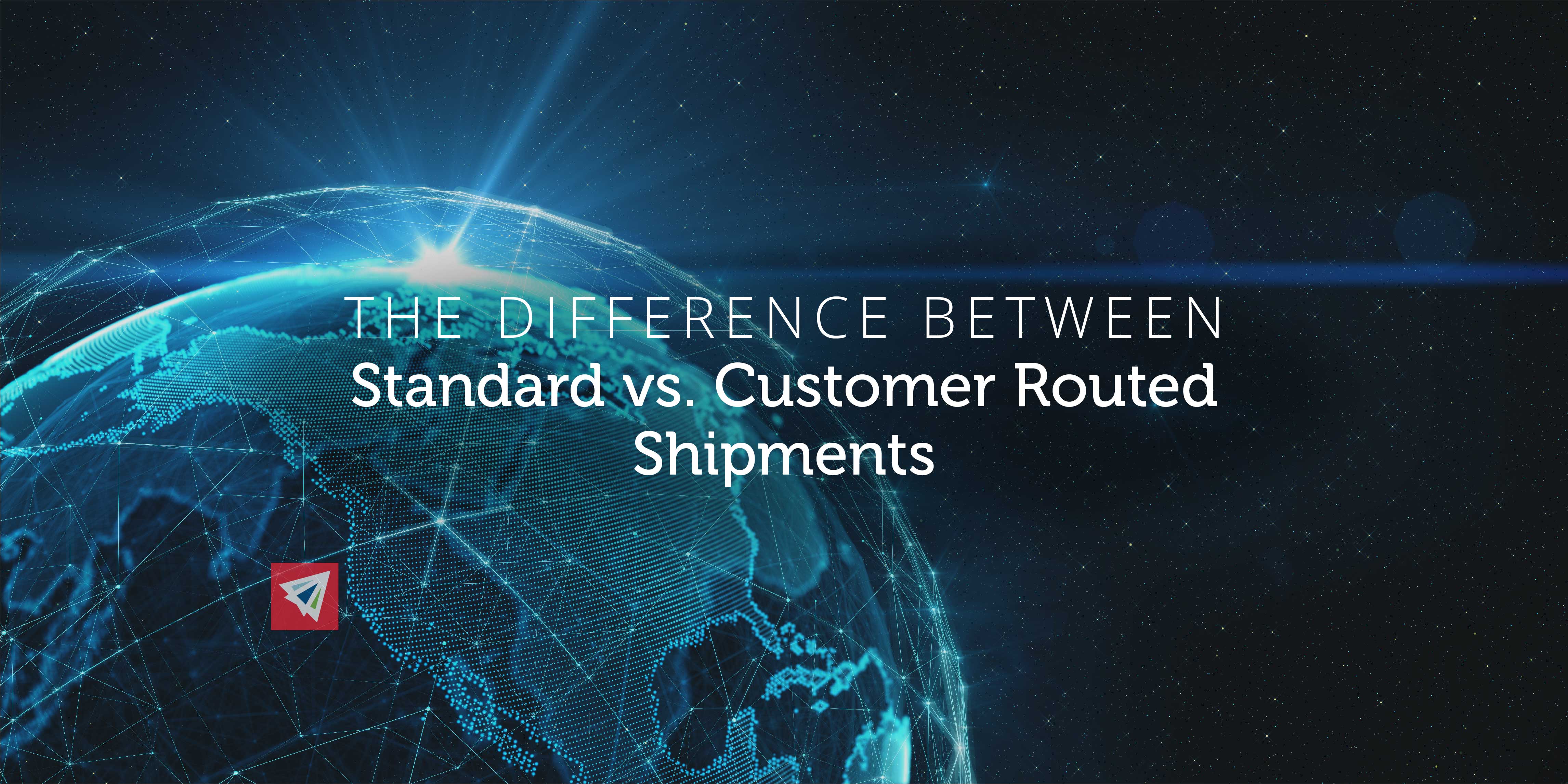“Sorry, all of our exports are customer routed shipments.”
Perhaps one of the biggest letdowns to any sales person in the logistics industry. But customer routed cargo not only ruins the situation for sales people – it can be harmful to the U.S. company in question. Before diving into the differences between the two, let’s talk terminology.
Definitions
1) USPPI:
The USPPI, or United States Principal Party in Interest, is the U.S. based company/individual in the shipping process. Thus, they may be thought of as the exporter, although this is not always the case. The USPPI alone can file AES, and EEI (Electronic Export Information) since these are required to be filed by a U.S. based party.
2) AES and EEI:
AES, or the Automated Export System, is an electronic filing system used to declare exports and send international shipping documents electronically. People file their EEI, or Electronic Export Information, through the Automated Export System.
The following information must be included when filing Electronic Export Information:
- Name and Address of the USPPI
- Employer Identification Number (EIN)
- Name and Address of the Ultimate Consignee
- Country of Destination
- Departure Date
- Relation Between USPPI and Ultimate Consignee (does either own 10% or more of the other?)
- Origin State
- Mode of Transportation
- Port of Export
- Hazardous Materials Report
- Description of Commodities Being Shipped
- Whether or Not the Shipment is a Routed Transaction
3) FPPI:
The FPPI, or Foreign Principal Party in Interest, is the foreign party to which the goods are being shipped. In other words, the FPPI is simply the receiver or purchaser of the goods.
Difference Between Standard vs. Customer Routed Shipments
Standard Shipment
A standard shipment is one in which the USPPI files all necessary shipping documents and controls the shipping and arrival of the cargo. They are responsible for filing Electronic Export Information through AES within 24 hours of the cargo reaching the foreign port. The U.S. Census Bureau Common Trade Definitions states that a standard shipment may be defined as, “all goods being sent from one U.S. Principal Party in Interest (USPPI) to one consignee located in a single country of destination on a single conveyance and on the same day.”
Customer Routed Shipments
Customer routed shipments (or customer routed cargo) differs based on who oversees arrangement the freight. While this is the USPPI in a standard shipment, the FPPI is in charge of arranging the freight in customer routed shipments. In a routed transaction, the FPPI must provide the USPPI with all necessary shipping documentation and verify that the USPPI accurately reported all documents electronically through AES.
Due to export laws, the FPPI buys the goods from the USPPI and authorizes a U.S. party or agent to file the export items on their behalf in a routed transaction. Here are two ways that the FPPI can authorize the preparation and filing of EEI:
Alternative Scenarios:
The FPPI May Authorize the USPPI to File EEI
A USPPI cannot file Electronic Export Information without receiving written approval from the FPPI. Thus, without receiving approval, the USPPI cannot ensure that shipping documents associated with the routed shipment were filed correctly.
The FPPI May Authorize the U.S. Agent to File EEI
If the FPPI chooses to authorize the U.S. Agent to File EEI, the USPPI must provide all necessary information to the agent. If the selected agent files EEI through AES on behalf of the FPPI, they must obtain a Power Of Attorney (POA) or written authorization from the FPPI.
Assuming the FPPI appoints a U.S. Agent, the USPPI must provide this data to the chosen agent:
- USPPI Name and Address
- USPPI Employer Identification Number (EIN)
- Point of Origin
- Merchandise Code (Domestic or Foreign)
- Schedule B Number
- Description of Commodities
- Quantity and Unit of Measure
- Value of Cargo
- Export Control Classification Number (ECCN)
In Summary
The difference between standard shipments and customer routed shipments boils down to who arranges and controls the freight. In a standard shipment, the U.S. based exporter (USPPI) is in charge of arranging for delivery of the freight and reporting all necessary shipping documents. However, in a customer routed transaction, the U.S. based company sacrifices this control by allowing FPPI to arrange for delivery of the cargo. So the FPPI must authorize a U.S. agent, freight forwarder, or the USPPI to file Electronic Export Information (EEI) through the Automated Export System (AES) on their behalf. Hense, the USPPI, or U.S. based seller and exporter has little to no control over the cargo in a routed shipment.
